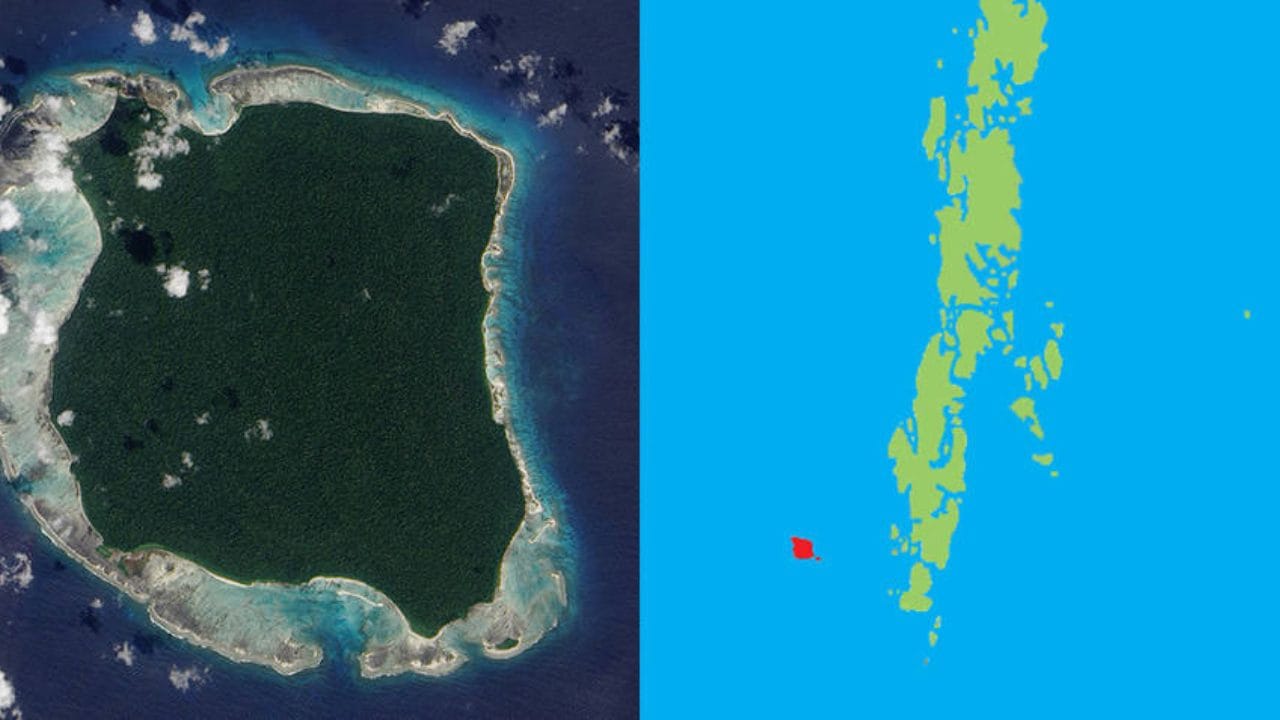
“This time, our team was bigger because the administration wanted to make the Sentinelese familiar with all the team members,” she recalls. Unauthorized use is prohibited.Ĭhattopadhyay returned with a larger team a month later.

The gesture, we felt, indicated that they were not scared of us now.” The AnSI team climbed to the shore but the tribe did not take them to their settlement. “Later some of the tribesmen came and touched the boat. At the woman’s urging, he too came into the water and started picking coconuts,” she says. The woman gave the boy a nudge and his arrow fell to the water. I called out to them to come and collect the coconuts using tribal words I had picked up while working with the other tribes in the region. “A young man aged about 19 or 20 stood along with a woman on the beach. Yet the threat of an attack on the anthropologist outsiders remained present, Chattopadhyay recalls. In the two to three hours that followed, Sentinelese men waded from the beach into the water repeatedly to collect the coconuts-a novel product that does not grow on their island-while women and children watched from a distance. To our surprise some of the Sentinelese came into the water to collect the coconuts.” “We started floating coconuts over to them. A few Sentinelese men, four of them armed with bows and arrows, walked out to the shoreline. Her group approached the island in a small boat, steering the vessel along an empty beach toward a spire of smoke. “We were all a bit apprehensive because a few months earlier the team sent by the administration had encountered the usual hostility,” says Chattopadhyay.

Twenty-seven years later, she recalls her first-hand encounters in an interview with National Geographic. Permissions granted, Chattopadhyay went on to become the first female anthropologist to make contact with the Sentinelese. “My parents also had to give a similar written undertaking.” “I had to give a written undertaking saying that I knew about the risks involved and would not claim compensation from the government for any injury or loss of life,” Chattopadhyay recalls. But there was a catch: women were not included in groups that went to establish contact with the “hostile” tribes the islands. fellow with the AnSI in January 1991, Chattopadhyay had her first chance to join a team going to North Sentinel. She had wanted to study the tribes of the Andaman and Nicobar islands since childhood, and as an adult anthropologist spent six years researching them, eventually publishing 20 research papers on the subject as well as the book Tribes of Car Nicobar.Īs a Ph.D. Learn why the death of American missionary could put this indigenous tribe's survival at risk.Īmong the anthropologists was the team’s only woman, Madhumala Chattopadhyay.

While most attempts were unsuccessful, two encounters in the early 1990s were notable for the fact the Sentinelese accepted coconuts from a team that included anthropologists from the Anthropological Survey of India (AnSI). (In one event in the 1970s, the director of a National Geographic documentary about the Andamans was wounded by a spear while filming). In the later 20 th century, the Indian government, which administers the Andaman and Nicobar islands archipelago to which North Sentinel belongs, attempted to make contact with the Sentinelese-attempts that usually ended with a volley of projectiles fired by the island’s residents from the shoreline. The recent death of an American missionary on North Sentinel Island has put the remote island in the Bay of Bengal, officially off-limits to most outsiders for decades, back in the news and raised questions about the future of the Sentinelese, the island’s hunter-gatherer residents who have resisted outside contact for most of their known history.


 0 kommentar(er)
0 kommentar(er)
